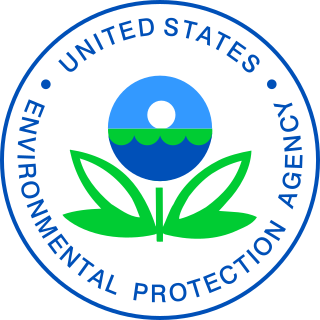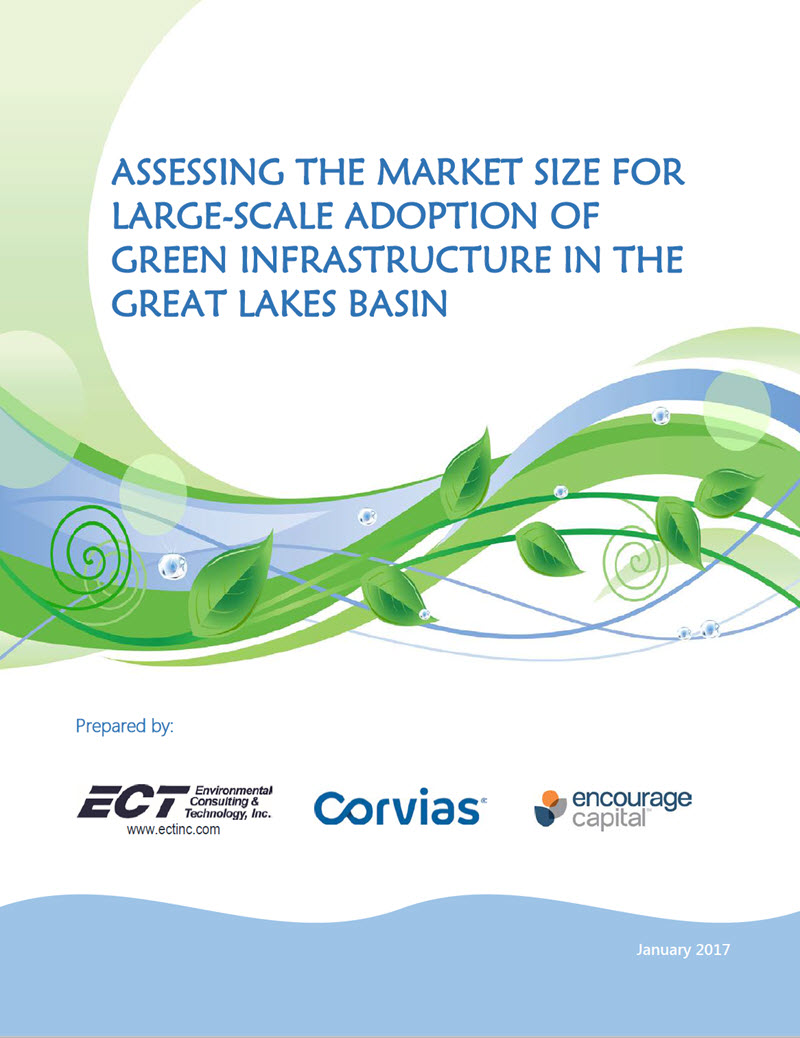
Among the greatest challenges for stormwater management organizations is their need to finance new infrastructure to comply with Clean Water Act requirements while also keeping service fees on ratepayers reasonable. Lacking a robust understanding of their community’s financial capability, or their ability to pay stormwater fees and other utility related bills without causing undue financial hardship, many stormwater agencies struggle to develop realistic, long-term programming plans.
The U.S. Environmental Protection Agency (EPA) is seeking input on an update to its Financial Capability Assessment (FCA) for the Clean Water Act, a methodology that helps water, wastewater, and stormwater agencies incorporate their specific community’s financial realities into infrastructure planning. This will be the first major FCA update since 1997.
“EPA is working to ensure that all Americans – regardless of their zip code – have clean water for drinking and recreation,” said EPA Assistant Administrator for Water David Ross in a September statement. “With this action, the agency is supporting water utilities to help them better serve disadvantaged communities that have financial challenges.”
Emphasis on Equity and Flexibility
Existing FCA guidance includes several calculations that guide rate-setting and infrastructure-scheduling negotiations between utilities and regulators, most of which center on a community’s median household income. However, many water sector groups including the Water Environment Federation (WEF; Alexandria, Virginia) have long voiced concerns that median household income alone does not necessarily provide an accurate picture of a community’s financial capability.
To improve considerations for a community’s least-wealthy residents, EPA is proposing two separate FCA approaches for the 2020 update. Each water, wastewater, or stormwater utility would be able to choose their preferred approach, using the resulting financial data to negotiate realistic Clean Water Act requirements with regulators.
The first strategy would draw heavily on the methodology behind the agency’s 1997 FCA, but would incorporate a wider array of financial indicators into its calculations. Among these factors, according to EPA’s request for comments, are the budgets of the poorest 20% of ratepayers, average levels of debt, and the availability of customer-assistance programs. Much of this location-specific data are publicly accessible via results of the U.S. census and other sources, making the resulting FCA calculations easy to implement both for water organizations and regulators, EPA described.
A second option would involve developing a more dynamic FCA model, which would consider the effects of rate increases or new stormwater fees on utility customers over time. In addition to using median household income, this model would also consider financial effects on the poorest 20% of ratepayers and other equity-focused metrics. While the approach would offer more detailed, long-term information than the first option, EPA said, communities that choose the second option would have to conduct the analysis themselves since the model would require data not available to the public.
Expert Advice
EPA’s proposed FCA update draws heavily on input from water-sector organizations including WEF, the American Water Works Association (AWWA; Denver, Colorado), and the National Association of Clean Water Administrators (NACWA; Washington, D.C.). In April 2019, the three organizations jointly submitted a report to EPA calling for a renewed focus on assessing water service affordability in Clean Water Act and Safe Drinking Water Act programs.

Among other recommendations, the 2019 report called for new FCA methodologies that consider the full range of water-related fees a household must pay – drinking water, wastewater, and increasingly stormwater. It also highlighted the need to tailor infrastructure requirements to utility revenue and customer bills rather than raise service costs to comply with oftentimes unrealistic infrastructure requirements. Throughout the report, the organizations urged EPA to consider a wider range of financial data such as lowest-quintile income, the federal poverty level, and long-term cashflow forecasting, all of which are incorporated into the proposed 2020 FCA update.
The water sector organizations are still reviewing the specifics of EPA’s proposal, a September WEF release described, but experts are optimistic that the update will help promote equity, make Clean Water Act regulations more attainable, and minimize financial burdens on ratepayers.
“This newly proposed Financial Capability Assessment will allow communities to better evaluate what they can afford to pay for water infrastructure and compliance with the Clean Water Act,” said WEF President Jackie Jarrell. “WEF looks forward to working with EPA and other stakeholders to ensure the final FCA can be implemented consistently and in a way that allows communities to utilize its intended flexibility, especially as they are battling the coronavirus pandemic.”
EPA is accepting public comments on its proposed 2020 FCA update until Oct. 19.





